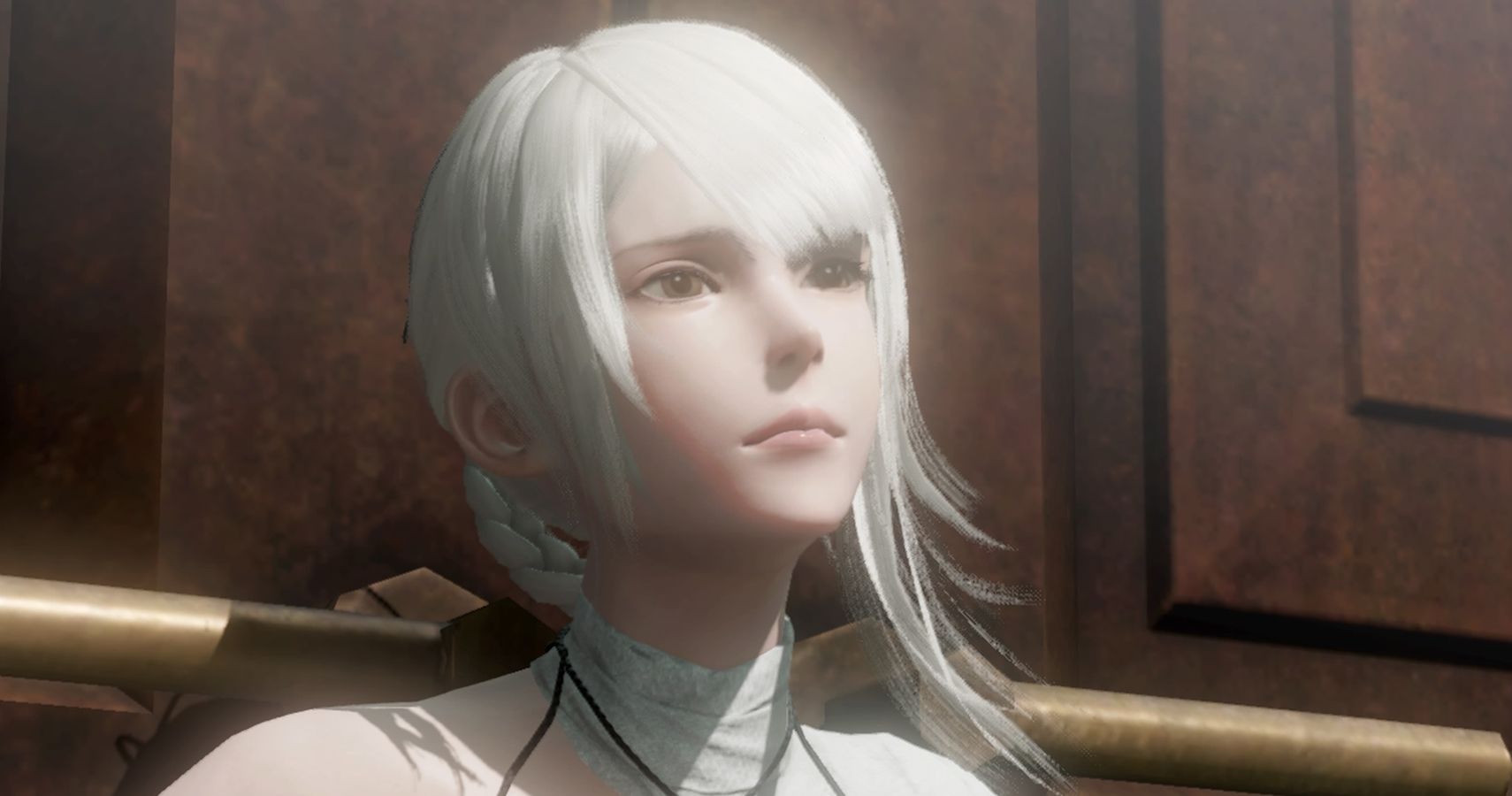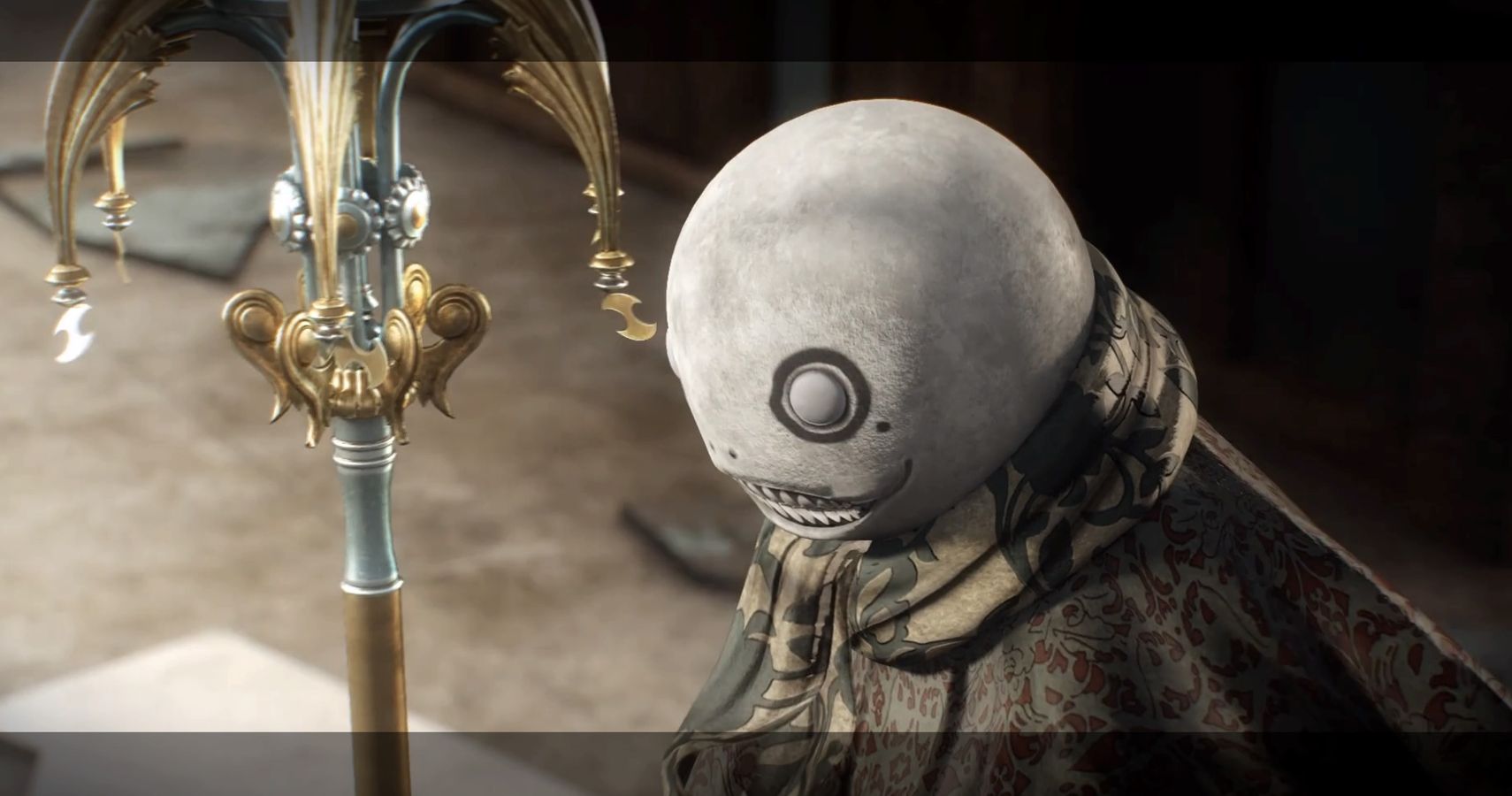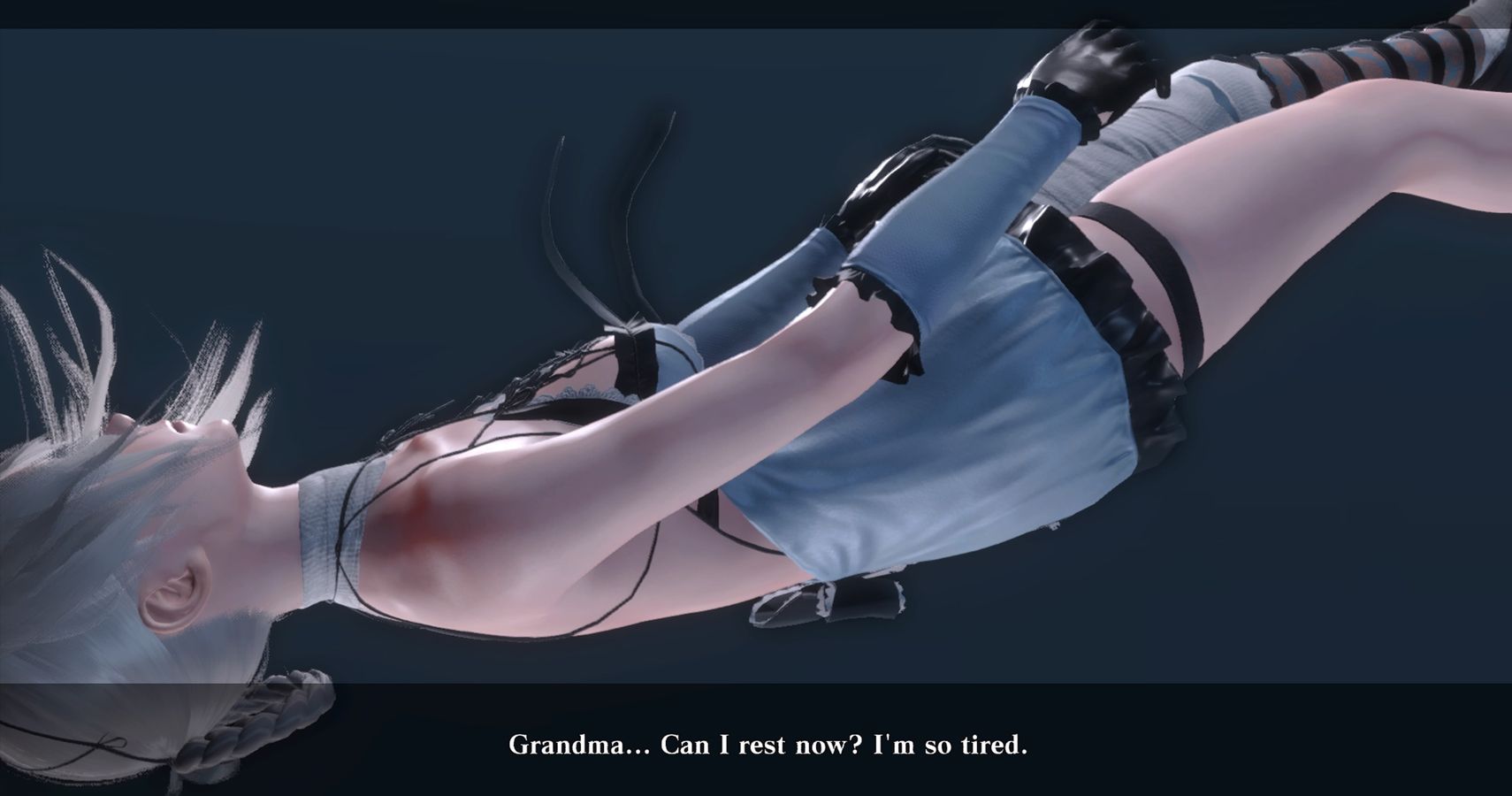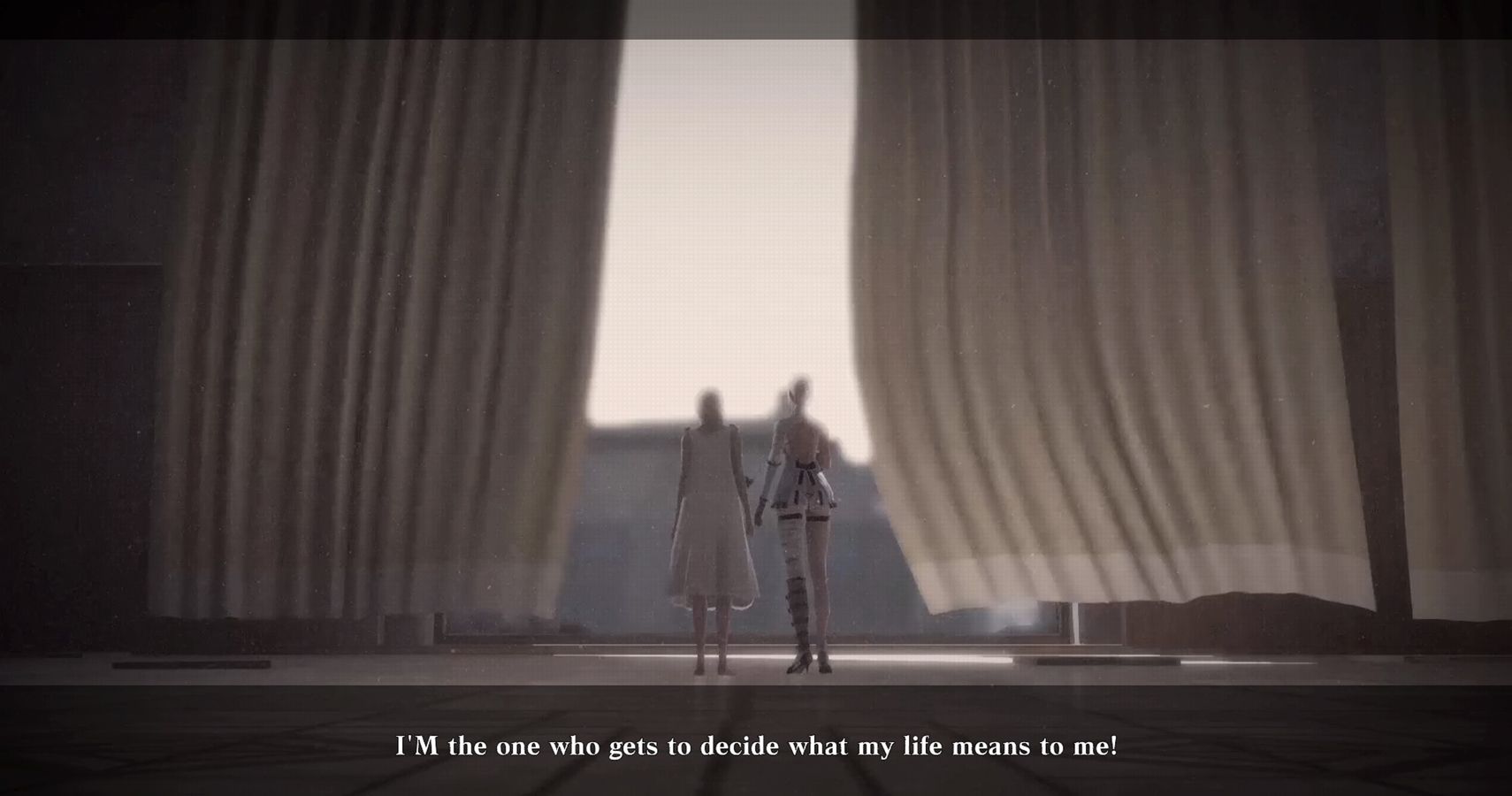Nier Replicant commits what I’ve always thought to be one of the bigger sins in game design by asking me to go through excessive amounts of backtracking. Some of my favorite games commit the crime — titles like Devil May Cry 4 immediately come to mind. But with Replicant, I’m a little more forgiving, and by the time I was reaching the game’s newest ending, I realized Yoko Taro had talked me into doing it again and again, with no complaints. After reflecting, it’s because I find Nier Replicant and its resilient cast so comforting, compelling, so relatable — they were doing the same things over and over, hoping for a happy ending the world refused to give. In addition to being a touching reflection on our shared humanity, Nier Replicant is an exploration into the cyclical nature of trauma, and how we cope with our hardest moments.
If you haven’t seen all of Nier Replicant’s endings, including its newest one, you should bookmark this for later — come back to read when you’re ready for spoilers and discussions around its conclusion.
Replicant’s first finale, Ending A, is bittersweet, isn’t it? Nier finds his little sister, but it’s at the cost of his found family. Emil is destroyed, while Kaine strikes out on her own, and we never really get answers as to what happens to either of them after the fact. There’s some degree of closure there when we see Yonah return home, but it still hurts. The wound stays open, and we do it all again. This time, we’re working towards Ending B. We’re going to relive every traumatic event from the first run again.
While Nier is a story about each character’s trauma, from the Shades and the Shadowlord to Nier and his beloved sister, I think it’s Kaine who speaks to this cycle the most. On your second playthrough, Yoko Taro will ask you to relive tragedy after tragedy again. It’s the same as before, but this time you see a different side. I like to think of Replicant’s story as something weirdly meta, like the characters know this is repeatedly happening. There’s a cycle there, and they’re just redoing these same actions until they get their desired outcome.
And that’s a lot of how I live my own life with trauma — especially as someone with CPTSD. It’s a lot of doing the same things again and again, hoping for a different outcome, but being met with that overwhelming pain anyway. You relive the same few moments for an eternity. Then, eventually, hopefully, you get to a point where something is okay-ish. It may not be ideal, or even really all that happy, but it’s okay...ish.
That’s how I follow Kaine’s story in particular. I look at how ugly her life has been, even prior to her adventures with Nier. And even though the story keeps ending tragically, I think that togetherness they find in each other is the spark of hope that keeps them clinging on beyond Endings C and D. Endings where, once again, Yoko Taro has asked you to relive these characters’ stories four times by this point, only for it to end in the same, devastating conclusion. Sure, there are small tweaks to each ending, but none are happy. To live with trauma is to live as a circle, it’s hard to break out of, and you eventually go down the same road.
Then we have Ending E — I love Ending E with everything in me. Up to this point, we’ve seen Kaine, in particular, live what feels like a million lifetimes’ worth of pain. She knows something is weird, something is off, and when she’s reliving the same events from your first playthrough with little brother Nier, Kaine snaps. She knows she’s lost him, she knows she’s lost Emil. She doesn’t understand where the hurt is coming from, but it leads her to the Forest of Myth. Kaine is trying to stop the cycle.
I’ve seen plenty of folks complain about not liking the “happy ending” you get from the events with Kaine in the Forest of Myth, but I have to disagree. It’s not even all that happy, but bittersweet, and a lesson on closure. Kaine confronts all of her trauma in this ending, determined to not relive it for what would be a fifth time, and manages to break the cycle. She reunites with both Emil and Nier, born again from a Lunar Tear in the final scene.
And all of this just feels similar, in a warm, but also quite painful, way. You’ve watched this cast experience each traumatic event multiple times, resulting in different conclusions but the same hurt. It’s not until Kaine finally declares in those last moments, “I’M the one who gets to decide what my life means to me!” that you finally see something give. While it fills me with so much joy to see her finally get there, I feel dark and angry about how the world treated someone like her, and how much she had to overcome to get here.
At least, that’s how my own experiences with trauma have worked, anyway. It’s not like Kaine, Emil, and Nier leave that Lunar Tear to a world that’s suddenly happy and full of joy. But, they have found some small way to end their story’s cyclical nature and move on. It’s bittersweet, and I assume in that reality they have more to overcome, but it’s closure. That’s how it works sometimes. Trauma is an ugly circle, asking you to relive your pain over and over, until eventually, you can somehow deviate just enough from that path to move on. You find a way to be okay-ish, just enough to keep it from happening again.




